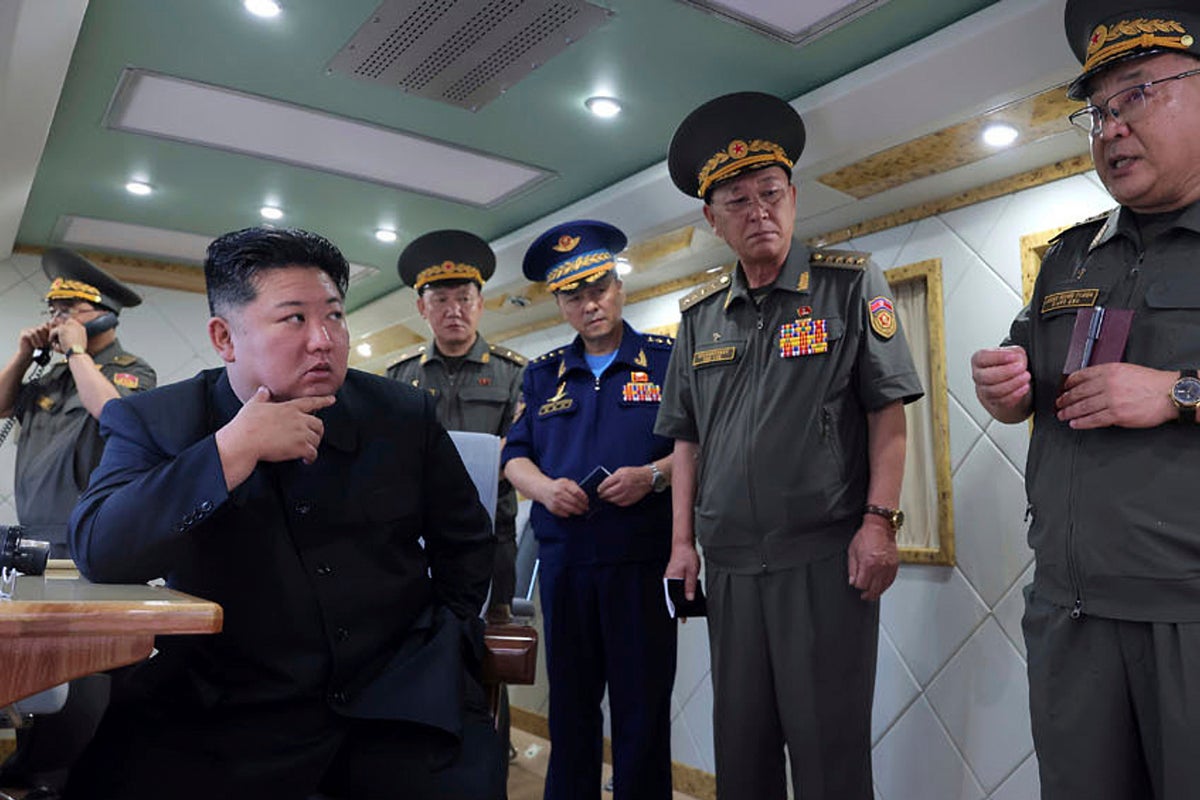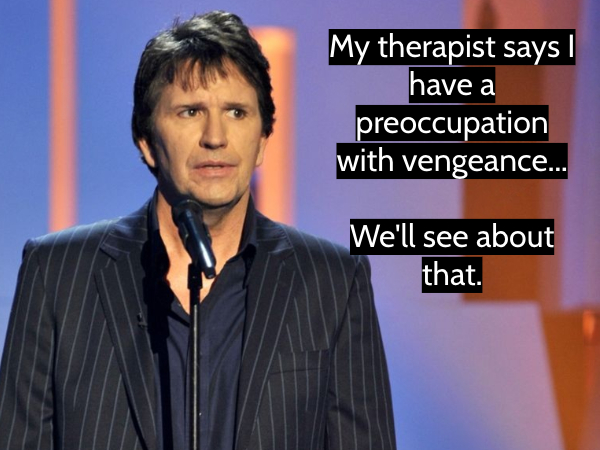7 Essential Components of HR Leadership Development Programs

HR leadership development programs are essential for preparing future leaders in the workplace. These programs consist of several key components that work together to promote growth and effectiveness. For instance, structured training initiatives provide foundational knowledge, whereas mentorship opportunities improve self-awareness. Furthermore, feedback mechanisms and experiential learning play significant roles in personal and professional development. Comprehending these components can help organizations create more effective programs, but what specific strategies can be implemented to maximize their impact?
Key Takeaways

- Structured training with customized modules enhances the skills of aspiring HR leaders and aligns their tasks with strategic objectives.
- Mentorship programs foster self-awareness and emotional intelligence, improving leadership effectiveness through continuous learning and guidance.
- Regular feedback mechanisms, including 360-degree evaluations, promote a culture of improvement and open dialogue within the organization.
- Strengthening partnerships with line leaders enhances collaboration, trust, and shared goals, driving overall organizational performance.
- Long-term impact assessments using engagement and retention metrics ensure continuous improvement and alignment with organizational goals.
Structured Training Initiatives

Structured training initiatives in HR leadership development programs are essential for cultivating the necessary skills that aspiring leaders require. These programs typically include dedicated training modules customized to various leadership levels, ensuring you gain relevant knowledge.
By incorporating experiential learning opportunities, you connect daily work tasks with strategic organizational objectives, enhancing your practical application of leadership skills. Moreover, regular feedback mechanisms encourage ongoing dialogue between you and your managers, promoting self-awareness and continuous improvement.
The inclusion of mentorship pairing allows potential leaders to learn from experienced mentors, further enhancing your growth. Overall, these structured training initiatives provide valuable leadership development opportunities, ensuring you’re well-prepared to meet the challenges of HR leadership within your organization.
Mentorship Opportunities

Mentorship opportunities in HR leadership development programs play a crucial role in shaping the next generation of leaders. By pairing emerging leaders with seasoned professionals, you’ll gain valuable insights into steering organizational challenges and improving your strategic thinking. Such mentorship relationships cultivate continuous learning, boosting engagement and retention as participants feel valued.
| Benefits of Mentorship | Key Components | Outcomes |
|---|---|---|
| Knowledge transfer | Regular feedback sessions | Increased self-awareness |
| Skill improvement | Real-world guidance | Emotional intelligence |
| Improved engagement | customized development goals | Effective HR leadership |
| Continuous learning culture | Supportive relationships | Career growth |
| Upgraded problem-solving skills | Networking opportunities | Strategic capabilities |
Incorporating these mentorship opportunities into your HR leadership training will greatly improve your professional growth.
Feedback Mechanisms

Feedback mechanisms are essential for your growth as a leader, providing a structured approach to improve your performance.
By incorporating 360-degree evaluations and regular performance check-ins, you can gain insights from various perspectives, enhancing your self-awareness and team dynamics.
Furthermore, ongoing feedback cultivates a culture of continuous improvement, allowing you to adapt and refine your leadership strategies effectively.
Continuous Improvement Processes
To effectively improve HR leadership development programs, ongoing improvement processes are essential and rely heavily on regular feedback mechanisms.
Utilizing pre- and post-program assessments helps gauge the effectiveness of training in leadership development and identify areas for improvement. Real-time feedback from participants and their supervisors captures insights on how skills are applied in rotational programs, supporting continuous refinement.
Engagement data, like participation rates and content interaction metrics, serve as key indicators of the value and impact of your HR development program.
Structured feedback sessions promote open dialogue between HR and business leaders, increasing accountability for performance outcomes.
Integrating the Seven Enablers framework encourages self-evaluation among HR leaders, driving focus on value-adding activities and overall program effectiveness.
360-Degree Evaluations
Evaluating the effectiveness of HR leadership development programs involves implementing structured feedback mechanisms that provide valuable insights into participant experiences and outcomes.
For a thorough assessment, consider these key components:
- Structured Surveys: Utilize participant surveys to gather immediate feedback on program elements.
- 360-Degree Feedback: Involve peers, mentors, and supervisors to assess leadership skills and competencies.
- Pre- and Post-Program Assessments: Measure skill changes before and after participation in the human resources development program.
- Real-World Application Tracking: Collect data on how participants apply learned skills in job situations, particularly in finance leadership programs.
These mechanisms will help guarantee your program meets its goals and continuously evolves to meet the needs of future HR leaders.
Regular Performance Check-ins
Regular performance check-ins play a crucial role in improving the development of HR leaders by providing timely, structured feedback that aligns with organizational goals.
These check-ins facilitate a culture of open communication, allowing HR leaders to engage in ongoing dialogue with their teams. Implementing structured feedback mechanisms, such as 360-degree feedback, helps you gain self-awareness and strengthen relationships within your team.
By collecting data during these check-ins, you can identify your strengths and weaknesses, informing customized development plans that address your specific needs.
Furthermore, using analytics from these performance reviews can improve strategic decision-making and pinpoint training needs, ultimately enhancing the effectiveness of your HR development program jobs and advancing your leadership training careers.
Self-Awareness Development

Self-awareness development stands as a cornerstone of effective HR leadership, greatly improving emotional intelligence. It enables you to manage your emotions and understand others’ feelings in the workplace.
In HR rotational programs 2025, self-awareness can be cultivated through various methods:
- 360-Degree Feedback: Gain insights into your leadership style from peers and subordinates.
- Reflective Practices: Engage in journaling or mindfulness exercises to improve decision-making.
- Myers-Briggs Type Indicator: Use tools like the Myers-Briggs Type Indicator to identify strengths and weaknesses.
- Continuous Learning: Participate in human resources development program jobs to further develop your self-awareness.
Studies show that leaders with high self-awareness are 20% more effective, which is essential for maneuvering organizational dynamics and nurturing collaboration.
Experiential Learning

Experiential learning plays a crucial role in HR leadership development programs, as it allows participants to apply their skills in real-world situations that reflect the challenges they’ll encounter in their careers.
Through case studies and role-playing exercises, you’ll develop critical thinking and problem-solving abilities in a safe environment. This approach improves engagement and retention of knowledge, meaning you’re more likely to remember and apply what you’ve actively practiced.
Feedback and reflection are integral, giving you insights into your performance and areas for improvement. Moreover, research shows that experiential learning can boost emotional intelligence and collaboration skills, vital for effective business partnering.
Whether you’re in an LDP program or a finance leadership development program, this hands-on experience is invaluable.
Networking and Relationship Building

Networking and relationship building are essential components of HR leadership development programs, as they considerably improve the learning experience and career progression for participants.
Engaging in a robust network can augment your capabilities in various ways:
- Knowledge Sharing: Collaborate with peers to exchange insights and best practices.
- Mentorship Opportunities: Connect with seasoned executives who can provide guidance for your career.
- Cross-Departmental Relationships: Strengthen partnerships with line leaders, which can boost organizational performance.
- Visibility and Access: Leverage professional networks to gain industry insights and drive innovation.
Participating in an ldp business or operations leadership development program allows you to cultivate these relationships, positioning you for success and adaptability in a dynamic business environment.
Measurement of Success and Impact

When evaluating the success and impact of HR leadership development programs, it’s crucial to align performance metrics with the organization’s overarching objectives.
For effective fldp programs, assess pre- and post-program outcomes to gauge leadership skill improvement and team performance enhancements.
Utilize feedback sessions to capture participant satisfaction and the application of learned skills in real-world situations, as these are critical indicators of success.
Furthermore, tracking employee engagement and retention metrics provides insight into the program’s long-term impact.
Implementing an online people analytics platform can facilitate this process, allowing for ongoing monitoring and adaptation.
Finally, employing the Seven Enablers framework promotes accountability and guarantees that the financial leadership development program remains focused on value-driven activities.
Frequently Asked Questions

What Are the Key Components of Leadership Development?
Key components of leadership development include structured training programs that improve vital skills like communication and strategic thinking.
Mentorship plays a significant role, pairing you with experienced leaders who offer guidance.
Feedback mechanisms guarantee ongoing dialogue, promoting self-awareness and growth.
Furthermore, experiential learning opportunities allow you to apply skills in real-world scenarios.
Tailoring the program to meet varying leadership levels guarantees that everyone receives appropriate resources for their unique developmental paths.
What Are the 5 E’s of Leadership Development?
The 5 E’s of leadership development are Education, Experience, Exposure, Evaluation, and Engagement.
Education builds foundational skills through structured learning.
Experience emphasizes on-the-job training, allowing you to apply concepts practically.
Exposure provides opportunities to work with diverse teams, enhancing your strategic perspective.
Evaluation assesses the effectiveness of development programs through feedback and performance metrics.
Finally, Engagement encourages participation and commitment, ensuring leaders remain invested in their growth and the organization’s success.
What Are the 5 Stages of Leadership Development?
The five stages of leadership development include evaluating organizational needs, defining objectives, tailoring programs, implementing effectively, and evaluating impact.
First, you evaluate where leadership skills are lacking within the organization.
Next, you set measurable objectives aligned with strategic goals.
Then, you tailor the program to meet the unique needs of different leadership levels.
After that, you implement the program.
Finally, you evaluate its effectiveness using established metrics to inform future improvements.
What Are the Three Pillars of Leadership Development?
The three pillars of leadership development are dedicated training programs, mentorship opportunities, and structured feedback mechanisms.
These elements work together to improve leadership skills at all organizational levels. Training programs provide vital knowledge and skills, whereas mentorship offers guidance and support from experienced leaders.
Feedback mechanisms facilitate continuous improvement by helping leaders identify strengths and weaknesses, nurturing self-awareness fundamental for personal and professional growth in various contexts.
Conclusion

Incorporating these seven vital components into HR leadership development programs is fundamental for cultivating effective leaders. Structured training, mentorship, and feedback mechanisms improve skills and self-awareness, whereas experiential learning and networking promote collaboration. By consistently measuring success and impact, organizations can guarantee these programs remain relevant and effective. In the end, prioritizing these elements not just prepares future HR leaders for challenges but likewise aligns their growth with organizational goals, driving overall success in the workplace.
Image Via Envato
This article, "7 Essential Components of HR Leadership Development Programs" was first published on Small Business Trends
What's Your Reaction?
 Like
0
Like
0
 Dislike
0
Dislike
0
 Love
0
Love
0
 Funny
0
Funny
0
 Angry
0
Angry
0
 Sad
0
Sad
0
 Wow
0
Wow
0




























































































